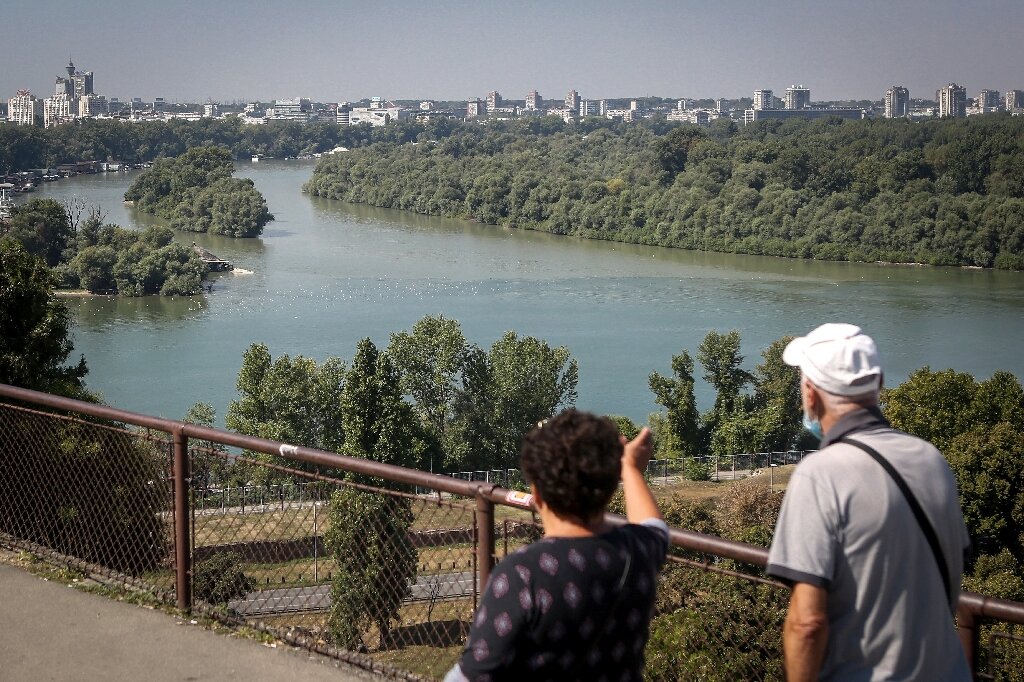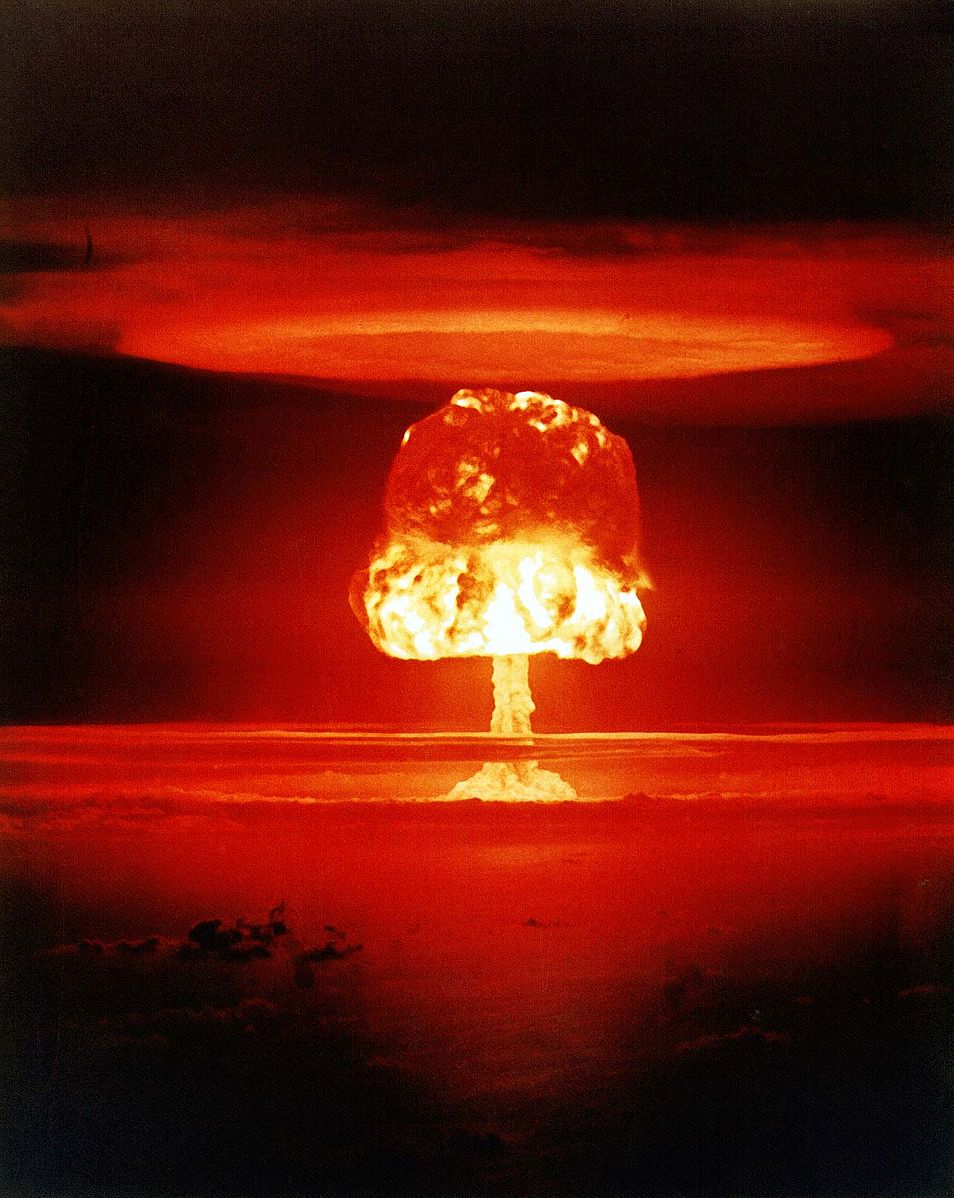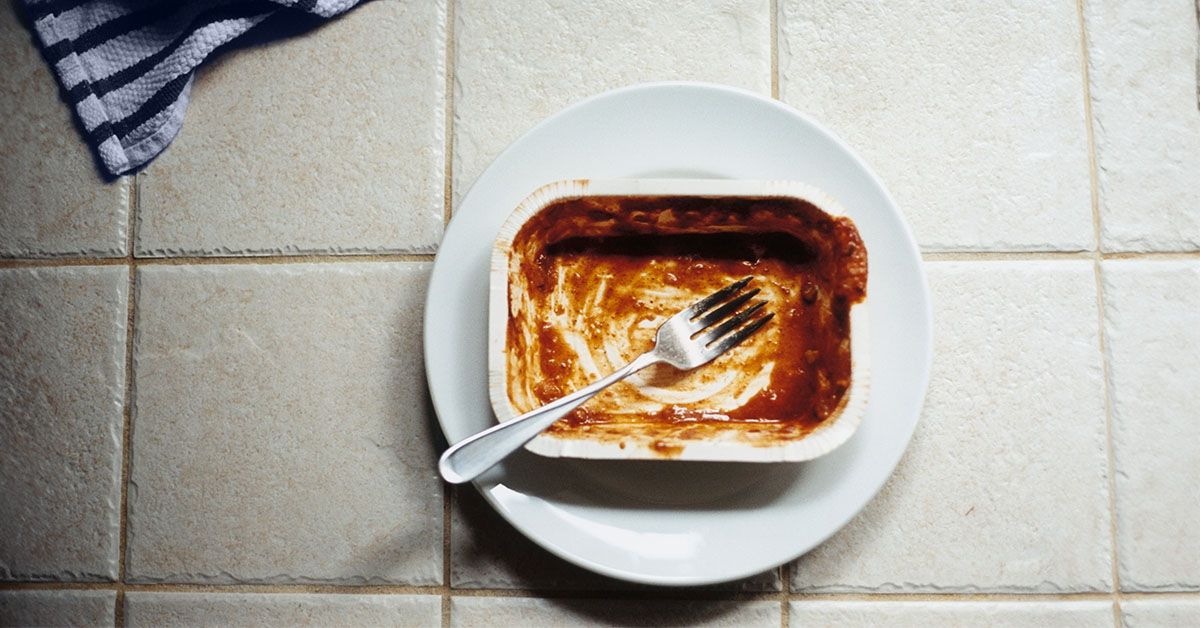
What I’m Teaching My Daughter About Living in Extreme Heat
About the author: Aaron Gilbreath has written for Harper’s, The New York Times, and The Dublin Review and is the author of three books, most recently The Heart of California: Exploring the San Joaquin Valley. His free newsletter about growing up as a rock-and-roll listener in the 1990s is called Alive in the Nineties.
Heat radiated through the upstairs ceiling and walls of our home, turning our bedrooms into ovens. Even briefly fetching clothes from closets upstairs felt painful. Our house has had only a few updates since 1955, so along with an original pink toilet, it has no air conditioning and an uninsulated attic. I slept fitfully in the downstairs living room, in front of a freestanding air conditioner, while my wife tried to sleep upstairs. We put a second portable air-conditioning unit in our 3-year-old’s upstairs room, aiming the air flow toward her bed.
Few people and few places in Portland were ready for the heat. When a high-pressure system created what scientists call a “heat dome” over Oregon, Washington, and Idaho, temperatures soared and systems broke. Last Saturday evening, Portland reached 108 degrees Fahrenheit, breaking the 1965 record of 107. On Sunday, the temperature was 112, making it the hottest recorded day in Portland history—until Monday reached 116. Portland General Electric trucks prowled residential streets, checking on electrical wires.* Portland Parks & Recreation deemed the days too hot to allow people in the public pools. The city’s light rail suspended operation after its power cables melted. My local convenience store ran out of ice.
























